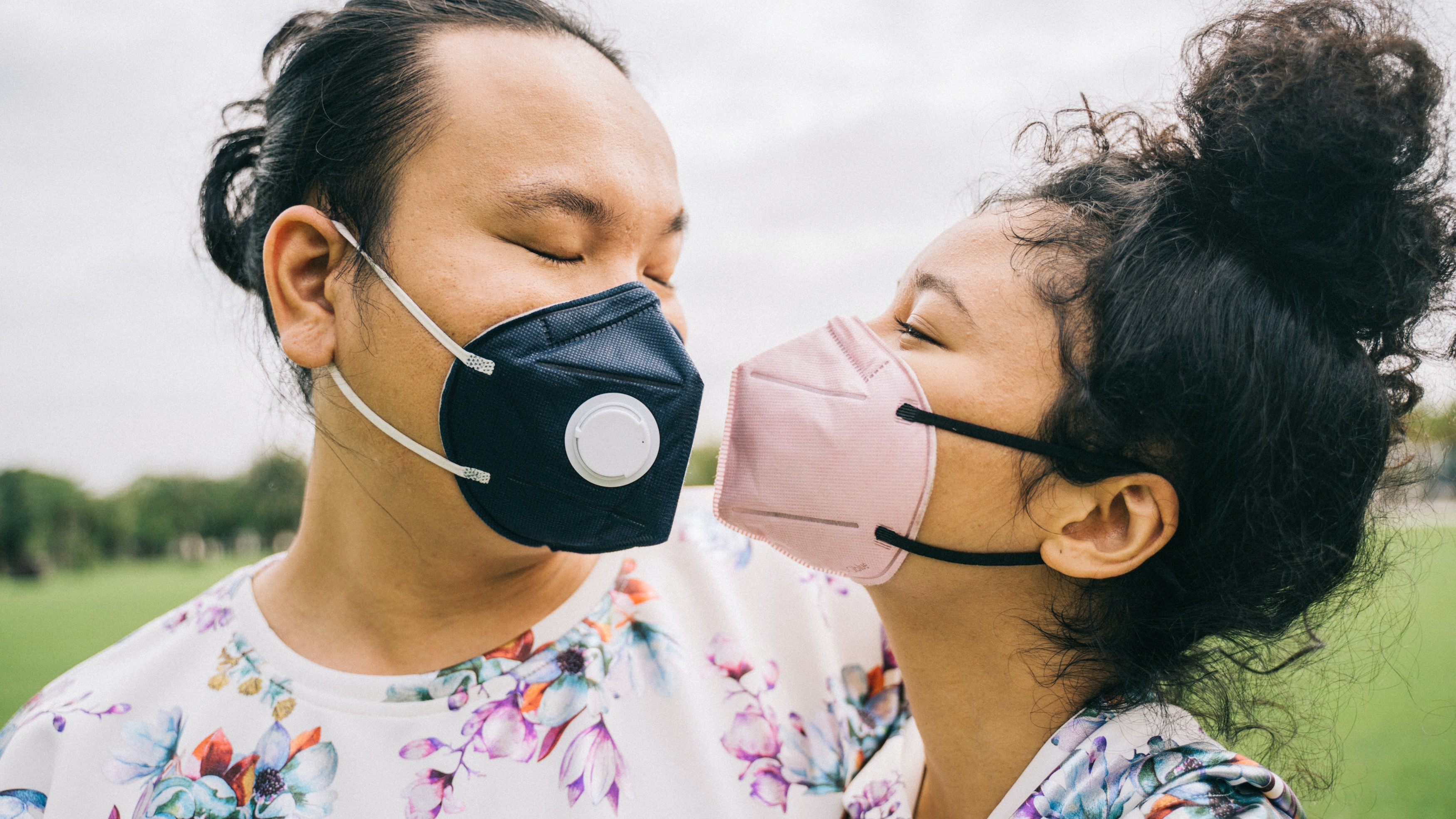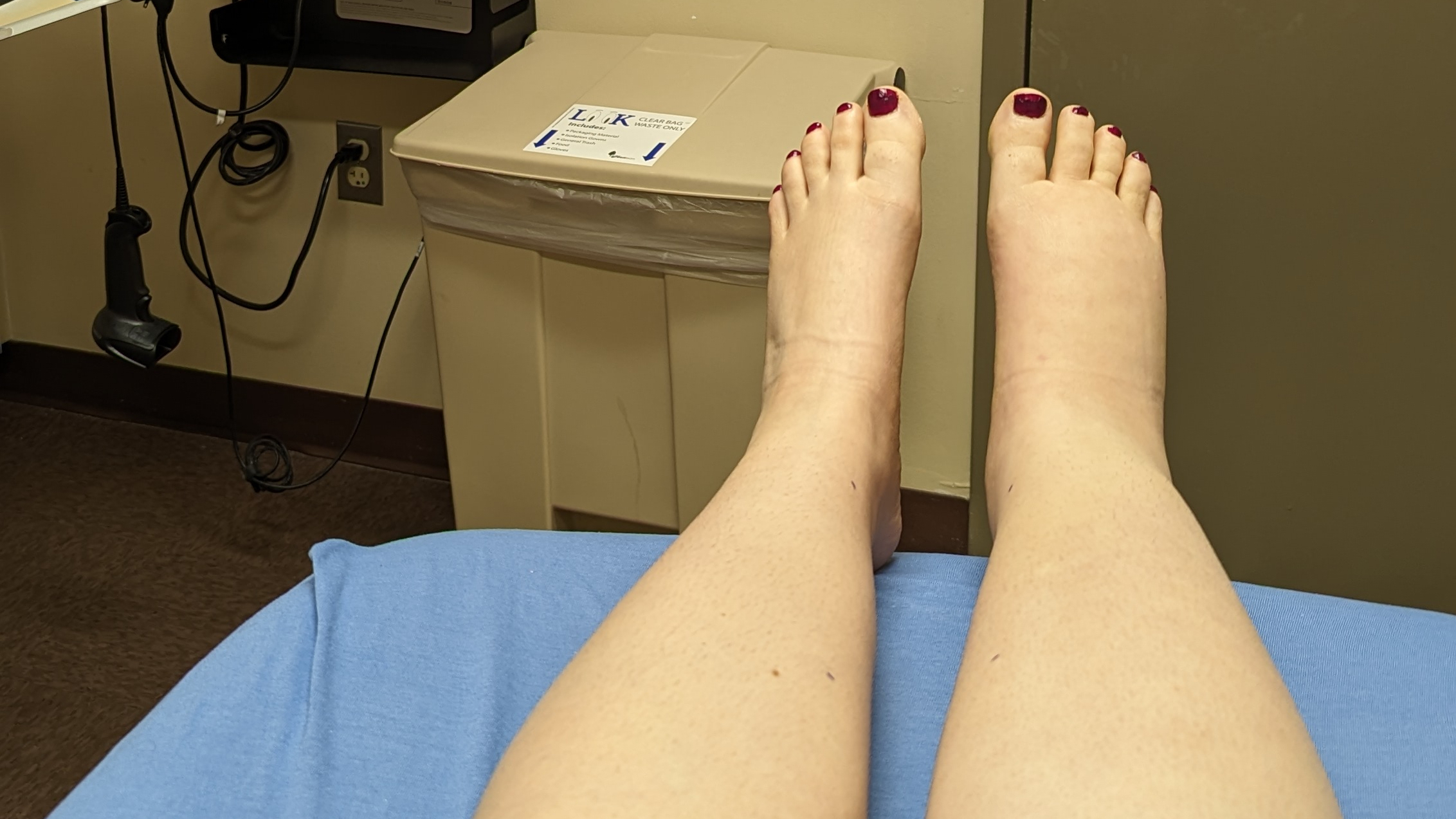2020 has been… well, it’s been a year. From the pandemic to politics and everything in between, there was a lot of stressful stuff going on that’s left us exhausted and frazzled.
But it wasn’t all bad! The lymphedema world experienced some exciting moments during an otherwise fraught time.
As we get settled into the new year, let’s take a look back at some of the lymphedema wins that gave us hope in 2020.
1. Zappos is now selling single shoes and mixed-size pairs
Those of us with lower-extremity lymphedema can rejoice: the online shoe retailer Zappos is now selling single shoes and mixed-size pairs, in all sizes and widths.
According to CNN Business, the market for footwear designed to meet the needs of people with disabilities and specific health conditions is growing. Zappos already has a selection of adaptive footwear for people with disabilities or dexterity issues, so this is another positive step towards inclusivity for the company.
2. A lymphedema cure is a clinical reality through lymphatic supermicrosurgery
A cure for lymphedema may be a reality, according to research by Isis Scomacao, M.D., Wei F. Chen, M.D., F.A.C.S., and colleagues.
The researchers reviewed lymphaticovenular anastomosis (LVA) cases performed by the senior author between January 2014 and January 2018, tracking surgical outcomes with patient reports, clinical examinations, limb volume measurement, and indocyanine green (ICG) lymphography.
Evaluations were performed preoperatively, and then postoperatively at three, six, and twelve months. After that, patients were evaluated annually.
Of the ninety-seven patients who underwent LVA during the study period, sixteen achieved cure at one year following their surgery. (“Cure” defined as an edema-free state, without compression.)
At the study’s conclusion, all of those sixteen patients had no clinically appreciable limb edema: their postoperative ICG lymphographies showed evidence of improvement, and three patients had no evidence of disease on their ICG lymphography.
The study suggests that a full reversal of the lymphedema disease state in patients with limb lymphedema is possible with supermicrosurgical intervention. Because full disease reversal was seen more frequently in upper extremity versus lower extremity lymphedema, the authors conclude that further studies are necessary to investigate the inconsistency in surgical outcomes.
3. The Lymphatic Education & Research Network announces Centers of Excellence
This year, the Lymphatic Education & Research Network (LE&RN) established Centers of Excellence in the Diagnosis and Treatment of Lymphatic Diseases to guarantee quality medical care for lymphedema and lymphatic disease patient communities around the world.
There are five categories for Center of Excellence designation: Comprehensive Center of Excellence; Network of Excellence; Referral Network of Excellence; Lymphatic Disease Surgery Center of Excellence; Lymphatic Disease Conservative Care Center of Excellence.
Centers receive designation through a vigorous vetting process where they are evaluated by a team of international leaders in lymphatic medicine.
The program is the achievement of a decades-long goal of LE&RN to increase access to the best possible multidisciplinary clinical care and services for individuals with lymphedema and other lymphatic diseases.
You can see a full listing of Centers of Excellence on LE&RN’s website, lymphaticnetwork.org/centers-of-excellence.
4. A biomarker for lipedema and other lymphatic diseases is discovered
Stanley Rockson, MD, and his colleagues have uncovered a particular molecule (called platelet factor 4) that confirms the fat disorder lipedema is related to other lymphatic diseases, such as lymphedema, distinguishing it from obesity.
In an article from Stanford Medicine, Rockson explains how many lipedema patients struggle with “simple validation that they have a pathological entity.”
“This is a disease — it’s not their fault — yet they are often denied medical care and denied insurance coverage.”
The implications of these findings are huge: the discovery of this biomarker not only validates lipedema as a disease, but creates potential for a blood test to diagnose lipedema and other lymphatic diseases in outpatient settings.
The biomarker could also be useful in research into other diseases in which lymphatic disfunction is suspected to play a role, such as Alzheimer’s disease, heart failure, glaucoma, and diabetes.
More lymphedema and lymphatic research wins in 2020
- Researchers Have ‘Eureka’ Moment When Studying Molecule’s Role in Lymphedema
- Researchers identify “hot spots” for developing lymphatic vessels
- Research Roundup: Summer 2020 Edition
- Research Roundup: “Eureka” moments, coping with COVID-19, and remembering those we’ve lost
5. The COVID-19 vaccine is safe for lymphedema patients
Guidance from the Lymphoedema Support Network and Professor Peter Mortimer assures patients that, in terms of lymphedema, it’s safe to receive the COVID-19 vaccination and that “it should work the same as in anybody else.”
In a document shared by the LSN, Mortimer, who is the Professor of Dermatology and Lymphovascular Medicine at St. George’s, University of London, explains that people with lymphedema don’t have a problem with their immune system generally: immune cells don’t work properly in the region affected by lymphedema, but they do work elsewhere in the body (provided you do not have a rare genetic form of lymphedema that affects the entire body).
But what about the injections themselves? The COVID-19 vaccine is administered in a series of two injections: for those with upper extremity lymphedema or at risk for developing it, the LSN and Professor Mortimer recommend that injections go in the unaffected arm.
If you have swelling or are at risk of developing lymphedema in both arms, they recommend both injections in either the thigh or buttocks.
The Lymphatic Education & Research Network published a downloadable factsheet detailing additional information on the COVID-19 vaccine and its clinical considerations.
Both the LSN and LE&RN emphasize that patients should consult with their health care provider regarding further guidance on receiving the vaccine in light of other medical conditions or personal health concerns.
6. Victory for lymphatic diseases on Capitol Hill
The year closed out on a positive note with victories on Capitol Hill for the lymphedema and lymphatic disease communities, thanks to a concentrated effort spearheaded by the Lymphatic Education & Research Network and its advocates.
On December 21, 2020, the US FY2021 Appropriations Bill passed with language calling to establish a National Lymphatic Commission on Lymphatic Diseases. The bill’s language states that “the agreement encourages the National Institutes of Health (NIH) to work with relevant stakeholders to advance the establishment of a National Commission on Lymphatic Diseases that will make critical recommendations on coordinating NIH-wide lymphatic disease research.”
Additionally, $1.5 million in funding was given towards establishing a competitive grant program for Chronic Disease Education and Awareness at the Centers for Disease Control, as directed in House Report 116-450; the House Report cited contained specific mention of lymphatic diseases.
In a newsletter announcing the victories, William Repicci, the president and CEO of LE&RN, wrote that this is “a monumental ‘win’ for the community and has the potential to be a pivotal moment in the fight for lymphatic diseases becoming a research priority at NIH.”




Leave a Reply to KristinCancel reply